Oenpelli Bark Painting - Two Mimi Spirits Hunting with Spears

In an auction-going frenzy a few years back, and I do mean frenzy, we bought a number of aboriginal bark paintings.
Including the bark above of two Mimi spirits hunting with spears. The work was painted between 1960-1965 by George Djaymgurrna from Gumadeer River in the Oenpelli region of

It is accompanied, on the back, by the following somewhat less than authoritative attached text, reflecting one National Geographic-ish kind of attitude towards aboriginals and aboriginal culture in the 1960s:
Throughout western Arnhem Land great rocky escarpments rise dramatically from the surrounding plains. In the caves of the escarpments and on sheltered rock surfaces can be found the unique rock galleries of paintings which are the most famous and possibly the oldest in the world.
Goannas, fish, birds, spiny anteaters, turtles and other creatures are the main subjects, together with the tiny Mimi spirits which are said to inhabit the escarpments. These Mimis sleep within the rocks by day, only venturing out by night to hunt and fish and hold their ceremonies. They are so shy they do not wish to be seen. Mimis were the first ones to paint on rock.
Oenpelli bark paintings depict the creatures and Mimis seen in the rock galleries ... . Many of the paintings depict the internal structures of the creatures as well as the outside shape, and anthropologists have given the name 'x-ray' art to these paintings. Others have the clan design painted on the animals and these designs are sacred.
Goannas, fish, birds, spiny anteaters, turtles and other creatures are the main subjects, together with the tiny Mimi spirits which are said to inhabit the escarpments. These Mimis sleep within the rocks by day, only venturing out by night to hunt and fish and hold their ceremonies. They are so shy they do not wish to be seen. Mimis were the first ones to paint on rock.
Oenpelli bark paintings depict the creatures and Mimis seen in the rock galleries ... . Many of the paintings depict the internal structures of the creatures as well as the outside shape, and anthropologists have given the name 'x-ray' art to these paintings. Others have the clan design painted on the animals and these designs are sacred.
The auction catalogue had the perhaps alarming footnote - 'Purchased originally: Church Missionary Society in Oenpelli'.
But what I really love about this essentially functional (rather than art) object is its non-realistic representation. The abstract space. And the flattening out of forms into simple outlined shapes, filled with a patterning of cross-hatched lines. Particularly beautiful for me is the natural earthy palette.
And another really great thing about aboriginal barks is they don't easily translate into the art gallery / dealer system.
Cos they're very hard to display, curling up all over and often needing to be less than attractively braced!
Which means they're still pretty affordable!

![C18 Bronze Buddha [Southern China]](http://4.bp.blogspot.com/-pg5AYBcdb0k/VY-W9bzdjcI/AAAAAAAAE4U/pxWiGKSBIls/s1600/Buddha%2B%255BBronze%252C%2BC18%252C%2BChina%255D%2B1.jpg)




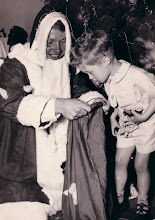






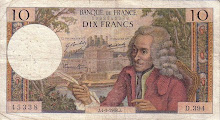
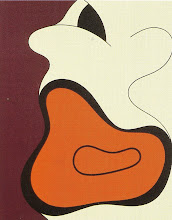+1998+Cropped.jpg)
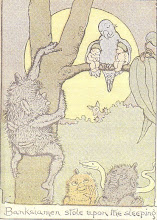
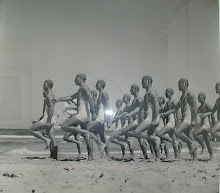
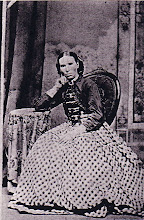



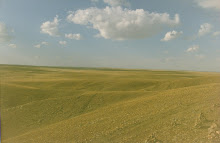



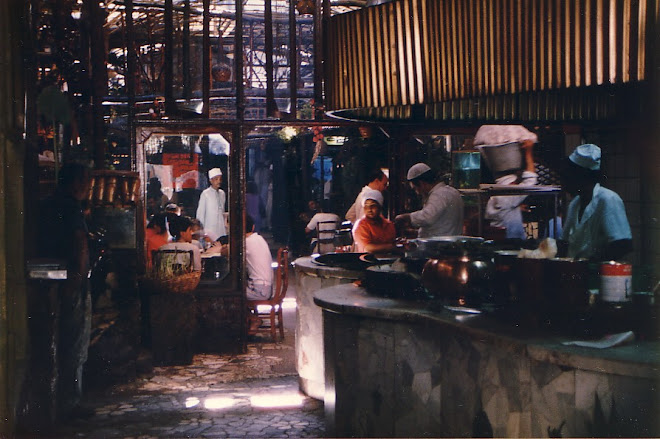

No comments:
Post a Comment